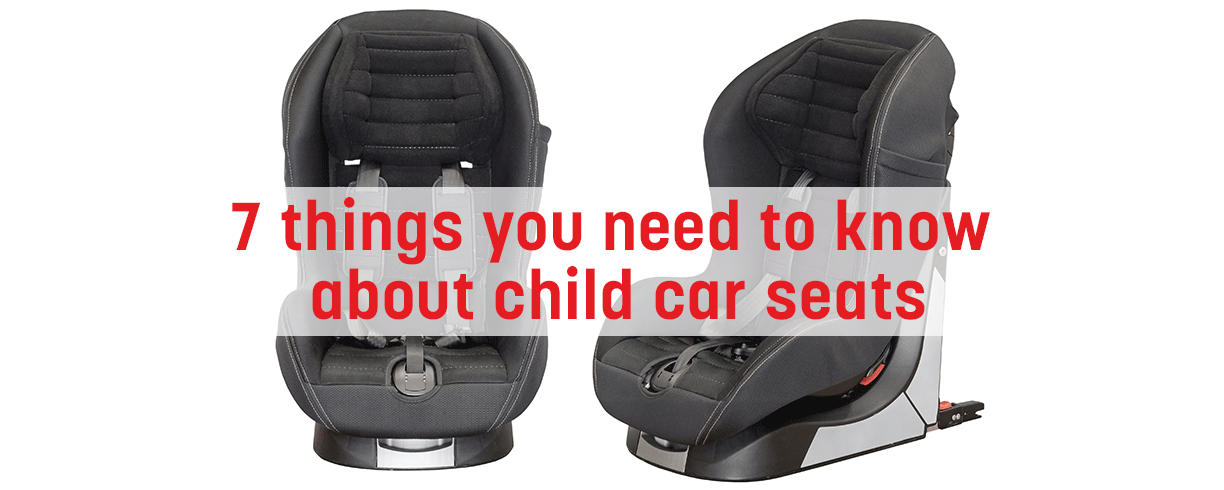The average lifespan of a tire is 30,000 km. Unless you have a vehicle that hardly ever gets used, you’ll eventually have to replace your tires. Here’s a short guide to help you make the right choice.
The average lifespan of a tire is 30,000 km. Unless you have a vehicle that hardly ever gets used, you’ll eventually have to replace your tires. Here’s a short guide to help you make the right choice.
When to replace your tires
You should replace your tires in two situations: when they’re too worn or when they’re too old.
Tire wear is measured by the depth of the tread, which is the part of the tire that comes into contact with the road. The minimum depth should be 1.6 mm. There are many ways to check whether the tread is deep enough.
Tires have a useful life of 10 years on the road or 6 years in storage. Over time, the rubber in the tire dries out and loses its elasticity. The manufacturing date is shown on the tire’s sidewall using 4 digits. The first two represent the week and the last two indicate the year. Therefore, “0215” means the tire was manufactured in the second week (January) of 2015.
What to consider
When making your choice, you’ll have to take a number of factors into account, including:
- Budget: Generally, price and quality go hand in hand for tires.
- Type of vehicle: Cars and trucks don’t have the same needs.
- Annual mileage: If you don’t drive many kilometres each year, you could opt for tires that age less quickly.
- Vehicle manufacturer’s recommendations: For optimum performance, your vehicle needs a certain type of tire. It’s important to take that recommendation into account.
- Driving style: Do you go off-road? How important are road handling and smooth ride for you?
Ask a specialist
Unless you buy exactly the same tire that came with your vehicle, it’s worthwhile to talk to a specialist who can give you advice based on the manufacturer’s recommendations, your budget and your needs.
And lastly, never continue using your winter tires all summer long. In an emergency situation, they can extend braking distances by 25 to 30% and increase the risk of aquaplaning.



























